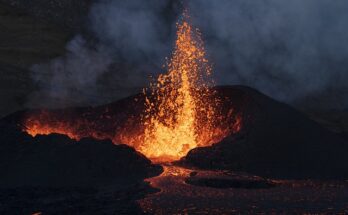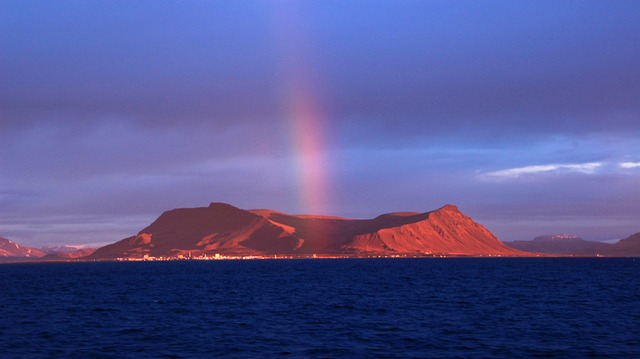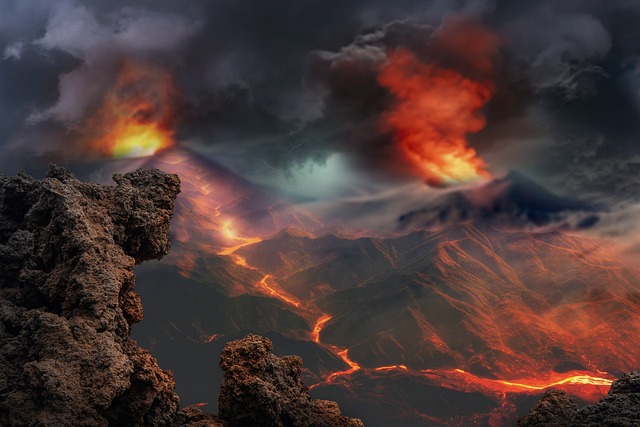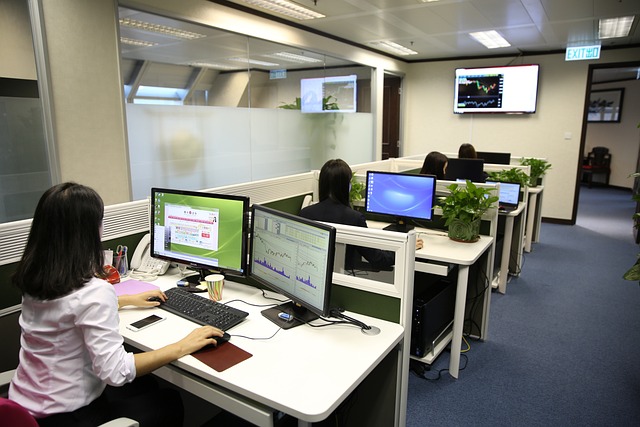
“Iceland’s Fiery Spectacle: A Glimpse into the 2023 Volcanic Awakening”
December 20, 2023 Imphal By Banti Phurailatpam:
In the pristine and awe-inspiring landscape of Iceland, nature often takes center stage, reminding us of its raw power and dynamic beauty. As we venture into 2023, the volcanic realms of this Nordic island have once again captured global attention. Iceland, known for its geothermal wonders and dramatic landscapes, is witnessing a volcanic awakening, with a new chapter unfolding in the captivating dance between fire and ice.
The Prelude to Eruption:
In the realm of geology, Iceland stands as a living testament to the Earth’s ever-changing façade. The country is situated atop the Mid-Atlantic Ridge, a tectonic boundary where the North American and Eurasian plates meet. This volatile geological setting has gifted Iceland a plethora of geothermal features, including geysers, hot springs, and, of course, volcanoes.
As early as 2022, signs of increased seismic activity and ground deformation hinted at the possibility of a volcanic event. The anticipation grew, and experts closely monitored the situation, recognizing that Iceland’s volcanoes, while mesmerizing, can also pose challenges to the region.
The Awakening of Fagradalsfjall:
In March 2023, the Earth’s fiery spectacle unfolded as Fagradalsfjall, a volcano located on the Reykjanes Peninsula, roared to life. This eruption marked a significant event, as Fagradalsfjall had been dormant for nearly 6,000 years. The lava fountains and flowing rivers of molten rock captivated onlookers and set the stage for a mesmerizing display of nature’s power.
Unlike some of Iceland’s more explosive volcanic eruptions of the past, the Fagradalsfjall eruption showcased a relatively gentle effusion of lava. This allowed enthusiasts and scientists alike to witness the primal forces at play without the immediate threat posed by explosive eruptions.
Impacts on the Surrounding Environment:
As the lava continued to flow, inching its way across the rugged terrain, it brought both challenges and opportunities. The immediate vicinity of the eruption site experienced disruptions, with the evacuation of nearby communities and the closure of airspace due to potential hazards from volcanic ash. However, the lava flow also created new landscapes, altering the topography and leaving behind a testament to the regenerative power of nature.
The volcanic activity also had a positive side, providing scientists with a unique opportunity to study the dynamics of an ongoing eruption. Researchers flocked to Iceland to collect data, monitor gas emissions, and gain insights into the geological processes that shape our planet.
Tourism and Public Engagement:
Iceland’s volcanoes have always held a magnetic allure for adventurers and nature enthusiasts. The eruption at Fagradalsfjall drew global attention, sparking an influx of tourists eager to witness the fiery spectacle firsthand. While this presented economic opportunities for local businesses and the tourism industry, it also necessitated careful management to ensure the safety of visitors.
Social media platforms buzzed with images and videos capturing the breathtaking scenes of lava fountains against the Icelandic night sky. The eruption at Fagradalsfjall became a shared global experience, demonstrating the ability of nature’s wonders to transcend borders and bring people together.
Scientific Insights and Research Opportunities:
The eruption at Fagradalsfjall presented a unique chance for scientists to study volcanic activity up close. Researchers explored the geophysical and geochemical aspects of the eruption, shedding light on the inner workings of Iceland’s volcanoes. The data collected during this event contributes to our understanding of volcanic processes, aiding in the development of early warning systems and preparedness measures for future volcanic activities.
Looking Forward:
As the eruption at Fagradalsfjall continues to unfold, the future remains uncertain. Volcanic activity is inherently unpredictable, and Iceland’s dynamic geology ensures that new chapters will be written in the ongoing saga of fire and ice. The eruption serves as a reminder of the interconnectedness between Earth’s geological processes and the delicate balance that sustains life on our planet.
Iceland, with its rich tapestry of natural wonders, has once again showcased the raw beauty and power of its volcanic landscapes. The Fagradalsfjall eruption, far from being a disruptive force alone, has become a source of fascination, scientific inquiry, and shared human experience. As the lava continues to flow and shape the Icelandic terrain, the world watches, captivated by the symphony of elemental forces that define this Nordic island.

Tourism and Cultural Impact:
The eruption at Fagradalsfjall not only attracted scientists and adventurers but also left an indelible mark on Iceland’s cultural landscape. Local artists found inspiration in the dramatic scenes, capturing the essence of the eruption in various art forms. The event became a symbol of the dynamic forces that have shaped Iceland’s identity, with its residents viewing it as a reminder of their symbiotic relationship with the geological wonders that surround them.
Tourism, while bringing economic benefits, also prompted discussions about the sustainable management of natural attractions. Authorities and communities grappled with balancing the desire to share Iceland’s unique experiences with visitors while preserving the delicate ecosystems and ensuring the safety of both tourists and locals.
Environmental Rejuvenation:
Paradoxically, while volcanic eruptions can pose immediate threats, they also play a vital role in rejuvenating the environment. The lava from Fagradalsfjall, once cooled, forms nutrient-rich soil that supports the growth of new vegetation. Over time, the once barren landscapes near the eruption site will likely transform into flourishing ecosystems.
Moreover, the volcanic gases released during the eruption contribute to the enrichment of the atmosphere, influencing weather patterns and even playing a role in global climate dynamics. Scientists studying these environmental impacts aim to deepen our understanding of the interconnectedness between geological processes and the broader Earth system.
Technological Advancements in Monitoring:
The eruption at Fagradalsfjall has spurred advancements in volcano monitoring technologies. As scientists strive to predict and understand volcanic activities better, innovations in satellite imaging, drone technology, and ground-based sensors have come to the forefront. These tools enable real-time monitoring, allowing for more accurate assessments of volcanic risks and improved early warning systems.
The data collected during the Fagradalsfjall eruption contributes not only to our understanding of this specific event but also to the broader field of volcano science. The knowledge gained will enhance our ability to mitigate the impacts of future eruptions and bolster preparedness measures in volcanic regions worldwide.
Community Resilience and Preparedness:
Iceland’s communities, accustomed to living in the shadow of active volcanoes, showcased resilience and preparedness during the Fagradalsfjall eruption. Emergency response systems were activated promptly, and evacuation plans were executed efficiently. The experience served as a valuable lesson in community resilience, emphasizing the importance of preparedness in regions prone to volcanic activities.
The eruption also prompted discussions about the integration of traditional knowledge with modern scientific insights. Local communities, often possessing ancestral wisdom passed down through generations, played a crucial role in navigating the challenges posed by the volcanic event. Collaborations between scientists and indigenous communities highlight the synergy between scientific understanding and cultural wisdom in managing natural disasters.
Global Scientific Collaboration:
The eruption at Fagradalsfjall showcased the power of global scientific collaboration. Researchers from various countries converged on Iceland, bringing diverse expertise to the table. This collaborative effort not only advanced our understanding of the specific eruption but also strengthened international networks for studying volcanic activities.
The exchange of knowledge, data, and methodologies among scientists contributes to a collective understanding of Earth’s geology. Such collaborations foster a spirit of cooperation in addressing global challenges related to natural hazards, climate change, and environmental sustainability.
Conclusion:
As the eruption at Fagradalsfjall continues to unfold, it leaves an enduring legacy that extends beyond the immediate geological spectacle. From the resilience of local communities to the advancements in scientific research, the fiery awakening in Iceland serves as a multifaceted exploration of the intricate relationship between humanity and nature.
In this saga of fire and ice, the ongoing eruption at Fagradalsfjall encapsulates both the challenges and opportunities presented by Iceland’s dynamic geology. As we navigate the unpredictable landscape of volcanic activity, we gain not only a deeper understanding of Earth’s processes but also a profound appreciation for the resilience of life in the face of nature’s raw power.
“Iceland’s Fiery Spectacle: A Glimpse into the 2023 Volcanic Awakening” Read More





















